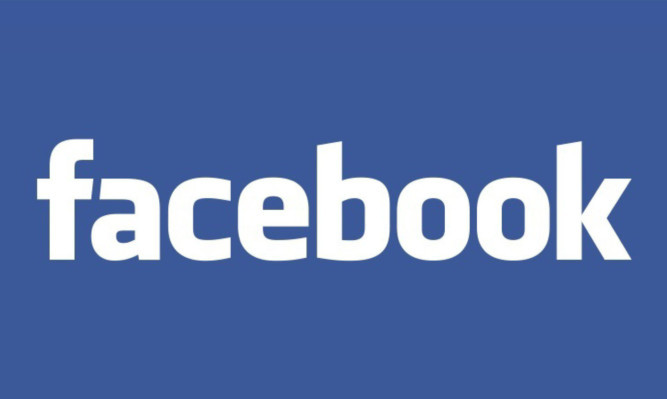The NSPCC has raised concerns about a “disturbing” baby video on Facebook and has called for social networking sites to be held to account for their content.
It has written a letter to the Government about the clip which the charity said showed “a terrified, sobbing baby being constantly immersed in a bucket of water” by a “callous” adult.
The charity’s chief executive Peter Wanless said it is time for “the light to be shone on the responsibilities of social media companies”, adding that it is an area where progress has been “extremely slow”.
In the letter, sent to minister for internet safety and security Joanna Shields and culture minister Ed Vaizey, Mr Wanless said the NSPCC has received complaints in recent weeks about other images posted on Facebook which apparently showed the blanket-covered corpse of a baby lying in a pool of blood and a woman hitting a boy with a stick and kicking him.
Referring to the video featuring the baby and the bucket of water, he wrote: “We are obviously extremely concerned for the welfare of the infant and are urging Facebook to offer every co-operation with the authorities to try and track down this callous individual and protect the baby.
“While the welfare of this child is naturally paramount, we would also urge you to look at all available options which will ensure UK citizens, including millions of children, are no longer exposed to this kind of dreadful and disturbing content.
“The NSPCC believes we have now reached the long-overdue point where it is time for social networking sites to be held to account for the content on their sites and pay more attention to their safeguarding duties to protect children and young people, whether they are viewing the content or appearing in it.
“The UK has to date supported and encouraged digital spaces to work within a self-regulatory framework. But many are citing often contradictory terms and conditions or geographical complexities as a reason for not removing horrific material and confronting this issue in a systematic and comprehensive way.”
Facebook says its site has long been a place where people turn to share their experiences of the world around them and it acknowledges that some people might find some images upsetting.
The site says that in many instances, when people share this type of content, they are condemning it or raising awareness about it.
It believes that if it prevented people from sharing similar upsetting content outright, then it would prevent charities, news organisations and others from being able to raise awareness of atrocities.
In a statement, Facebook said: “Like others, we find the behaviour in this video upsetting and disturbing. In cases like these, we face a difficult choice: balancing people’s desire to raise awareness of behavior like this against the disturbing nature of the video.
“In this case, we are removing any reported instances of the video from Facebook that are shared supporting or encouraging this behaviour.
“In cases where people are raising awareness or condemning the practice, we are marking reported videos as disturbing, which means they have a warning screen and are accessible only to people over the age of 18.”
An NSPCC spokeswoman said the warning went on the video only after the charity had drawn attention to it.
